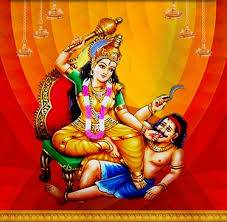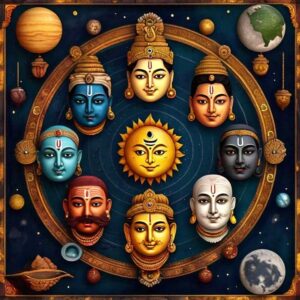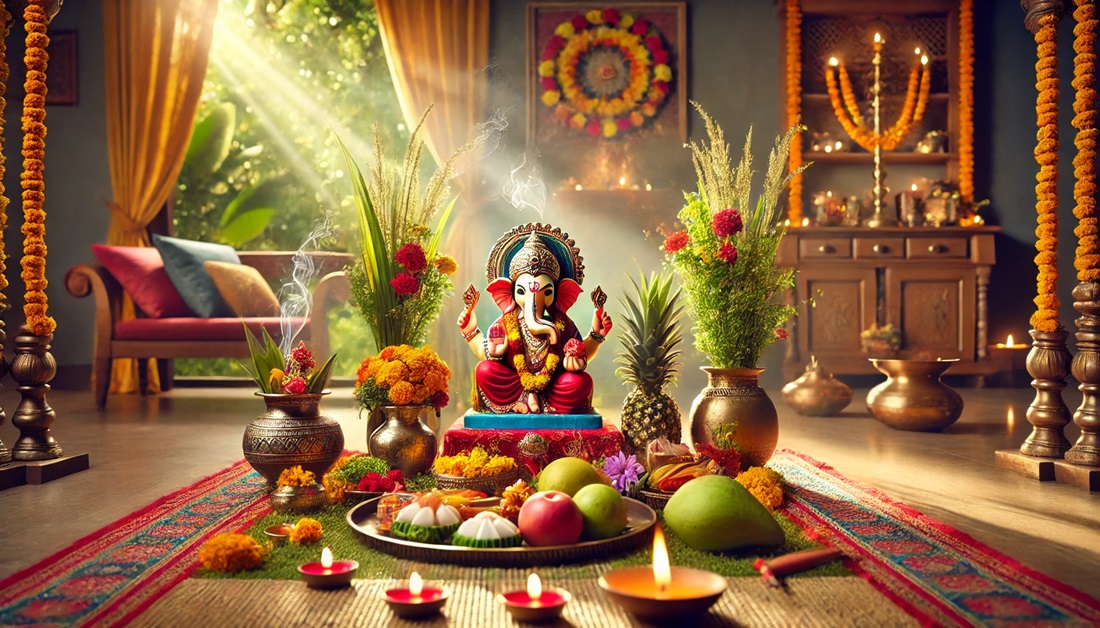In Vedic astrology, the Nav Grah, or “Nine Planets,” have a significant impact on an individual’s life and personality. The name “Nav” denotes nine, whereas “Grah” alludes to heavenly bodies that influence human affairs. Each of these planets has unique characteristics, energy, and significance, which influence many parts of existence.
This article discusses the Nav Grah, their qualities, and their impact on astrology.
1. Surya (Sun): The Sun is the most important celestial body in Vedic astrology, representing self, life, and soul. It represents authority, leadership, and individualism. A bright Sun in a person’s chart frequently signifies confidence, authority, and a dominating presence. However, a weak Sun might cause issues such as low self-esteem and health problems.
2. Chandra (Moon): The Moon represents emotion, mind, and intuition. It regulates our emotional responses and mental health. A well situated Moon encourages nurturing, sensitivity, and creativity, whereas a poorly placed Moon can bring emotional instability and mood swings. The Moon is extremely significant to women since it represents femininity and childbirth.
3. Mangala (Mars): Mars symbolises force, daring, and action. It is known for its warrior-like characteristics and governs ambition, violence, and competition. A strong Mars promotes resolve and leadership, but a weak Mars can lead to impulsivity and conflict. Mars is important in relationships because it regulates sexual energy and attraction.
4. Budha (Mercury): Mercury is the planet of intelligence, communication, and adaptivity. It governs learning, reasoning, and analytical skills. A strong Mercury improves communication and bargaining skills, whereas a weak Mercury causes misunderstandings and indecision. Mercury has an impact on business.
5. Brihaspati (Jupiter): Jupiter represents wisdom, understanding, and spirituality. It represents growth, expansion, and good fortune. A well-placed Jupiter promotes optimism, generosity, and moral purity, but a poor Jupiter can lead to overindulgence or a loss of direction. Jupiter is also connected with education and advanced study.
6. Shukra (Venus): Venus symbolizes love, beauty, and partnerships. It controls creative preferences, pleasures, and comforts. A strong Venus promotes romance, creativity, and artistic appreciation, but a weak Venus can cause relationship problems and a lack of harmony. Venus has a strong impact on material prosperity and luxury.
7. Shani (Saturn): Saturn is widely regarded as the most demanding of the Nav Grahas. It stands for discipline, responsibility, and hard labour. Saturn may cause hurdles and delays, but it also teaches essential life lessons and promotes resilience. A strong Saturn promotes tenacity, whereas a weak Saturn might result in sloth or a lack of ambition.
8. Rahu (North Node of the Moon): Rahu symbolizes wants, ambitions, and materialism. It’s related with illusions and unusual thinking. Rahu frequently causes unexpected events and changes, guiding people towards their destiny. A powerful Rahu can foster creativity and ingenuity, whereas a weak Rahu can lead to misunderstanding and dishonesty.
9. Ketu (the South Node of the Moon): Ketu represents spiritual enlightenment and detachment. It oversees past-life karma and spiritual development. A strong Ketu promotes introspection and the search for greater truths, whereas a weak Ketu can lead to solitude or a lack of direction. Ketu is frequently regarded as a spiritual guide, directing people towards emancipation.
The significance of Nav Grah in astrology
The Nav Grahas are more than just celestial creatures; they represent natural forces as well as psychological aspects of human existence. Their placement in a person’s birth chart can provide valuable information about personality traits, obstacles, and life events. Each planet has a distinct impact on different houses in the chart, influencing topics such as employment, relationships, health, and spirituality.
1. Astrological Chart Interpretation: Vedic astrologers use the positions of the Nav Graha at the time of a person’s birth to create a birth chart, or Kundli. This chart serves as a cosmic map, offering information about a person’s potential and life path. The power and placement of each planet indicate the opportunities and challenges that may arise.
2. Remedies and Rituals: Astrologers frequently propose special remedies to counteract the negative affects of the Nav Graha. Wearing gemstones connected with specific planets, performing rituals, and chanting mantras are examples of such practices. These medicines are thought to boost positive energies while reducing negative effects of the planets.
3. Timing and Auspiciousness: The Nav Graha can also help determine auspicious timings (muhurta) for important events such as marriages, beginning a company, or embarking on a travel. Astrologers can use planetary placements to discover favorable moments that connect with cosmic energy, increasing the likelihood of success.
Conclusion
Understanding the Nav Graha reveals important details about the complex interplay between celestial influences and human existence. Each planet has unique features that influence our lives, ranging from personal attributes to life events. People who study the Nav Graha can obtain a better insight of themselves and their life routes.
Whether through astrology, rituals, or personal meditation, recognising the impact of these nine celestial bodies can help people traverse life’s problems and embrace possibilities with better awareness.
Thanks and Regards
Astro Ritu Bhatia

An experienced astrologer with over 7 years of expertise in guiding individuals through the wisdom of the stars. My knowledge spans both Western and Vedic astrology, Tarot, and Angel healing. I can provide personalized insights and predictions that help users navigate their personal and professional lives. I specialize in birth chart analysis, future predictions, and relationship advice. Throughout my career, I have assisted countless individuals in making informed decisions and finding clarity in their journeys. My approach is user-focused, offering clear, accurate, and compassionate guidance. I’m committed to helping others with astrology in a meaningful way, empowering them to unlock their potential and achieve their goals.












Understanding Nav Grah, the nine celestial bodies of Vedic astrology, is key to unlocking your cosmic destiny. These planets—Sun, Moon, Mars, Mercury, Jupiter, Venus, Saturn, Rahu, and Ketu—govern different aspects of life, from health and relationships to career and spirituality. Each has its unique energy and influence on your birth chart. By studying the Nav Grah, you can align with their cosmic forces to achieve balance and success!